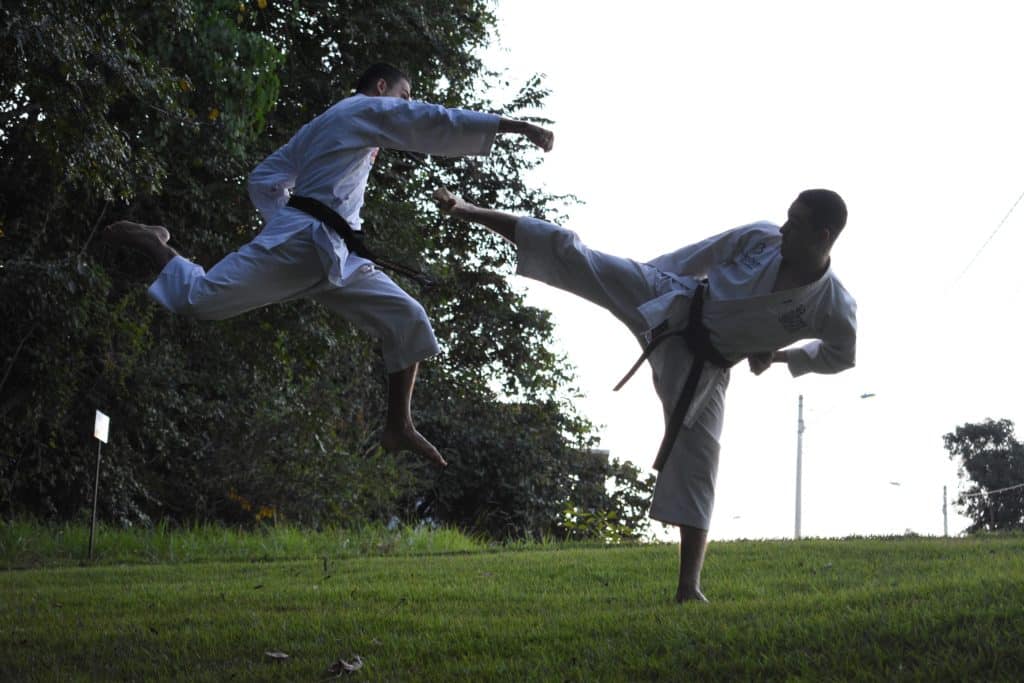
For centuries, Japan held its borders tightly closed off from the world to avoid allowing Western influence to permeate their cherished culture. In that time, the origins of multiple currently well known Japanese traditions were lost to that time of the country’s history. One such source is one of the Japanese martial art of karate.
The history of karate, therefore, begins with largely a mystery. A hotly debated version alleges that a Buddhist monk from India brought the practice of exercises geared for mental clarity and improved concentration to China. In later centuries Chinese immigrants transplanted to the island of Okinawa. This, however, is a theory and is largely without substantial evidence.
What research has surmised is that modern-day karate originated in Okinawa at some point in the 17th century. When the Satsuma Clan occupied Okinawa in the early 1600s, the Satsuma Samurai leadership outlawed possession of any weapons by the locals. Fearing revolt, and seeking to suppress any ability to fight back, the Satsuma leaders aimed to enforce might over the weaponless Okinawa residents.
Okinawa had a population that was now almost at the complete mercy of the invading Satsumas. Without weapons, they began to manifest a weaponless art of combat, a concept known as karate, translated as “empty hand.” By learning this style of combat, they were able to martial defense against the invading parties.
Having no access to weaponry, Okinawans used farming tools to design a new breed of weapons such as the bo, nunchaku, sai, kama, tonfa, eku, and tekka. Most of these weapons were designed in conjunction with how they could be used with the art of karate. Throughout the centuries that followed, karate remained as an integral part of Okinawan culture.
In 1905 karate was added to Okinawa’s physical education programs. Then, in 1917, Gichin Funakoshi, the founder of Shotokan Karate, conducted the first public demonstration of the sport. Five years later, he was invited to the Kodokan Dojo in Japan to give a demonstration there. Just two years later, the first Japanese karate club was established at Keio University.
The art of karate then began to spread throughout the world, reaching Canada in the 1930s and the United States in the 1940s. In 1949 The Japan Karate Association was formed, and over the next several decades, karate began to spread to all corners of the world, including the UK and the Soviet Union. In the latter, karate was banned and unbanned multiple times along with other foreign martial arts, giving rise to the Soviet form known as Sambo. In 1989 karate was unbanned for the final time, and the trace of karate’s worldwide influence continued to expand.
Today, most major countries have their own Karate associations set up around the globe, and in 2020, karate will make its Olympic debut in Tokyo.
- Tulip Mania – The Story of One of History’s Worst Financial Bubbles - May 15, 2022
- The True Story of Rapunzel - February 22, 2022
- The Blue Fugates: A Kentucky Family Born with Blue Skin - August 17, 2021